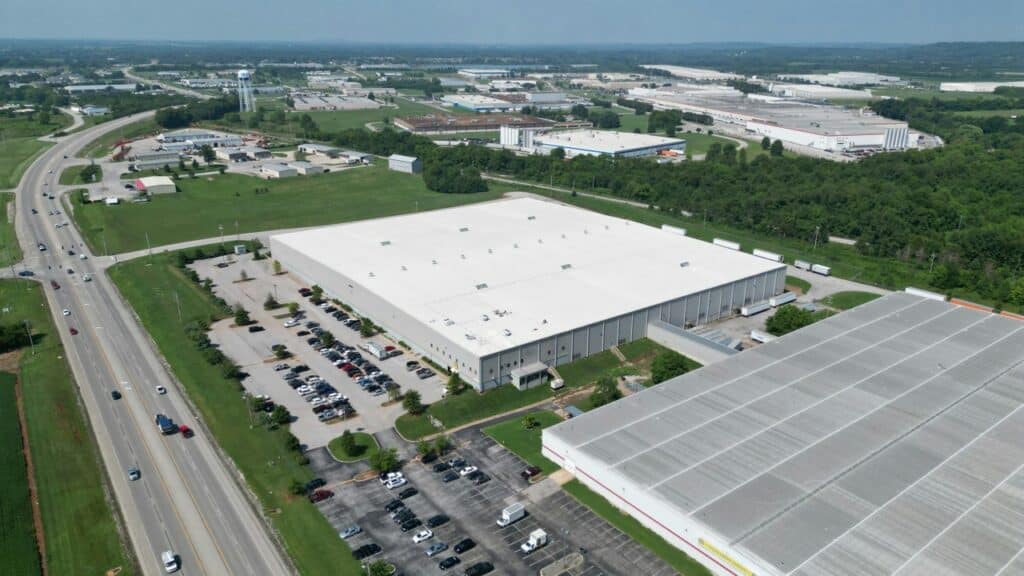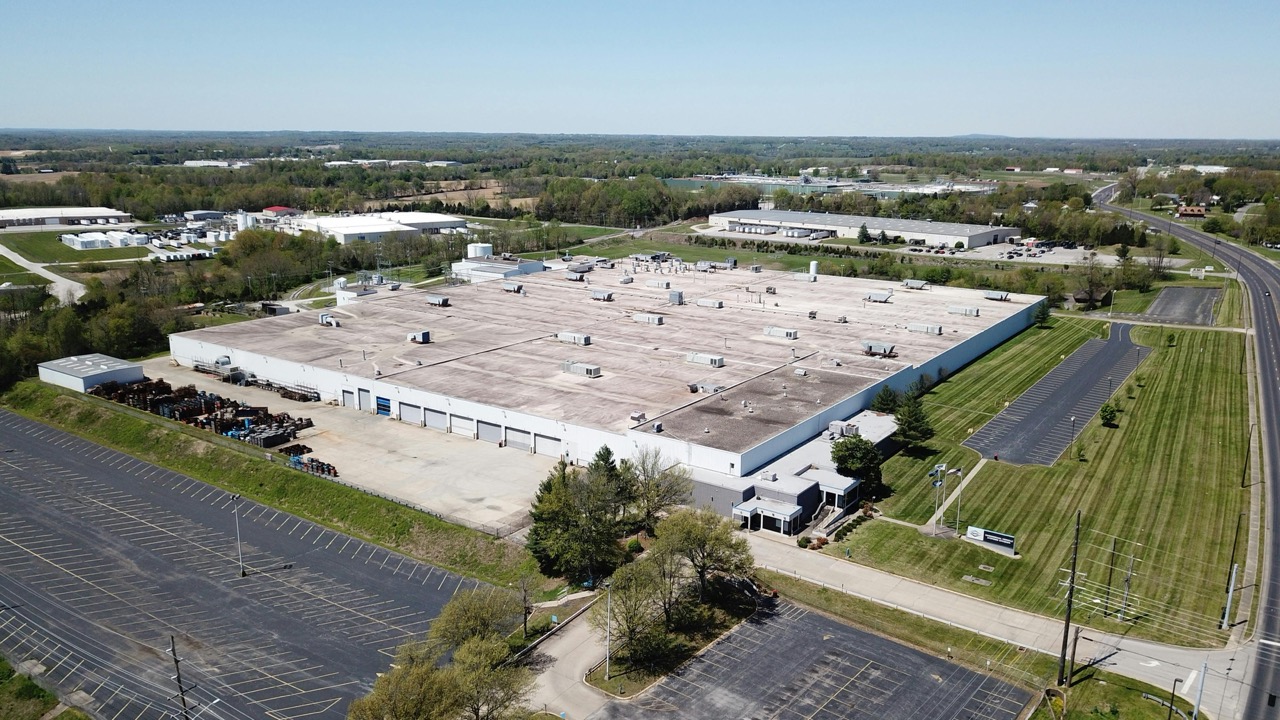Did you know that the average building in the United States wastes about one-third of the energy it uses? That means over 30% of your electricity, water, and HVAC bills are going down the drain. Making a commercial building more energy efficient isn’t only in the best interest of the world’s natural resources—it’s also in the best interest of your bottom line.
Why Energy Efficiency Matters
Making your commercial building more energy-efficient is just the first step to a greater commitment to sustainability—and it comes with several benefits:
- Tax Benefits: Owners of energy-efficient commercial buildings may be eligible for an increased tax deduction.
- Cost savings: By improving energy efficiency, you’ll see your electric and heat bills decrease—saving you in the long run!
- Recognition: People love supporting sustainable companies. By making your commercial building energy-efficient, you’ll gain recognition and a positive reputation.

6 Impactful Ways to Make a Commercial Building More Energy-Efficient
Perform Regular HVACR Maintenance
Conducting proper maintenance checks on your HVACR (heating, ventilation, air conditioning, and refrigeration) systems ensures they’re working correctly and performing at maximum efficiency.
How to Make the Change:
Regular HVACR maintenance doesn’t just mean you’re taking a peek at your air conditioner every few weeks. Proper maintenance requires cleaning and replacing filters, routinely checking ductwork, checking for leaks, frequently inspecting connections, keeping an eye on refrigerant levels, and performing regular checks on all equipment.
Install Efficient HVACR Systems
Looking to go one step further than just performing regular maintenance on your HVACR equipment? A more significant change you may consider is installing energy-efficient HVACR systems.
According to the U.S. Energy Information Administration, heating, cooling, ventilation, and refrigeration made up 57% of total energy consumption for commercial buildings in 2018. That’s over half of all the energy a building uses toward HVACR! Imagine the impact of switching all those systems to more energy-efficient options.
How to Make the Change:
What does it mean for an HVACR system to be energy-efficient? The first thing you can do is make sure the size of your system fits your building. Commercial buildings often use more or less than they need—and straying too far either way causes a needless waste of resources. If you don’t have the means to purchase brand-new HVACR units, you may be able to retrofit your current systems.
Improve Lighting
While HVACR systems comprise 57% of a commercial building’s energy consumption, lighting is another huge chunk—about 10% of overall use. By improving lighting throughout your commercial building, you’ll achieve a more energy-efficient environment and spend less on your electric bill.
How to Make the Change:
If you don’t already use LED lights throughout your building, it’s time to switch over. Not only do LED lights use significantly less energy, they also last much longer than incandescent bulbs. Furthermore, they emit less heat, making them safer.
There’s nothing worse than driving by an empty office building in the middle of the night and seeing all the lights on. Think about all that wasted energy! Many commercial buildings take advantage of putting their lights on timers or using motion sensors to cut down on costs and boost efficiency.
Invest in Renewable Energies
There are so many renewable energy sources that your building could be taking advantage of to improve its energy efficiency, and more possibilities are being developed every day. Popular renewable energy sources include solar, wind, geothermal, and hydropower.
How to Make the Change:
Of course, this is often easier said than done. But there are still ways to take steps toward becoming wholly renewable. The most straightforward option might be installing solar panels on your building’s rooftop or windows. Another accessible option is to look at the U.S. Environmental Protection Agency’s Green Power Partnership. This program works with different organizations to purchase and use green power.
Insulate
You might not think of insulation as particularly important when it comes to energy efficiency, but it can have a huge impact on a building’s energy consumption. Good insulation makes it easier to maintain temperatures within a building, requiring less overall energy expenditure. It also provides a more comfortable environment, so it’s a win for your workers as well.
How to Make the Change:
Take a look at your building’s insulation and consider whether it’s time for an upgrade. Even if it’s not quite the time, you should still perform regular checks on your building’s insulation and effectiveness. If you decide to install new insulation, think about using sustainable materials to double down on your endeavor toward a more energy-efficient commercial building.
Get An Energy Audit
Energy audits, also called energy assessments, are one of the first things you can do to understand how energy-efficient your commercial building is. During the assessment, an energy auditor will perform a comprehensive inspection of your building’s energy use, including how well it is insulated, the efficiency of your HVACR systems, air quality, and lighting—many of the same things we’ve discussed in this list!
How to Make the Change:
The first step to any energy audit is finding a verified company to perform the assessment. Your local or State government may have a list of approved vendors, and some States may even have programs to offset the costs of the assessment.
Easy Small Changes to Make Your Commercial Building More Energy-Efficient
The prior section offered some big changes you can make to your commercial building to be more energy-efficient. But if you’re looking for smaller steps that still have impact, try one of these:
- Adjusting your thermostat to be two degrees cooler in the winter or two degrees warmer in the summer can do wonders for energy usage (and your utility bill)
- Educate and reward staff on the basics of living sustainably.
- Purchase and install ENERGY STAR certified products.
- Effectively using shades and blinds can boost energy efficiency by keeping your building cooler in the summer and warmer in the winter.

